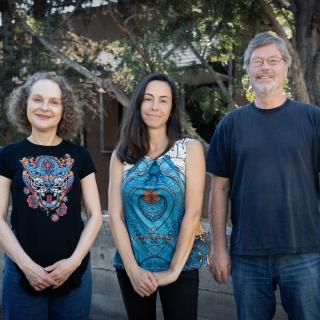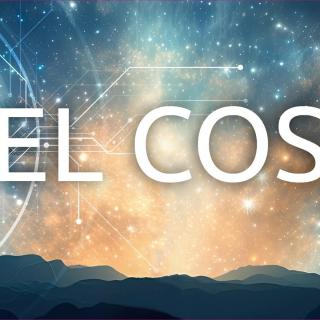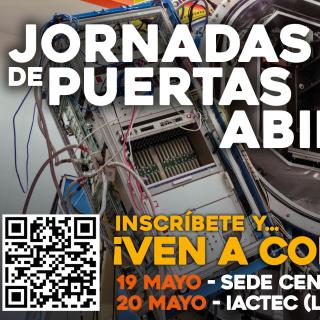It may interest you
-
 El Instituto de Astrofísica de Canarias (IAC) sigue afianzando su liderazgo investigador y de atracción de talento científico con el programa “ Investigadores Visitantes” de Fundación Occident. En este recién terminado año 2024, el programa cumple una década ininterrumpida de trabajo atrayendo a decenas de personas investigadoras cada año que han realizado estancias, de mínimo un mes y hasta tres meses, en el IAC. El programa permite que el personal investigador invitado comparta espacio y trabajo con miembros de los distintos grupos de investigación establecidos en el IAC, de forma que elAdvertised on
El Instituto de Astrofísica de Canarias (IAC) sigue afianzando su liderazgo investigador y de atracción de talento científico con el programa “ Investigadores Visitantes” de Fundación Occident. En este recién terminado año 2024, el programa cumple una década ininterrumpida de trabajo atrayendo a decenas de personas investigadoras cada año que han realizado estancias, de mínimo un mes y hasta tres meses, en el IAC. El programa permite que el personal investigador invitado comparta espacio y trabajo con miembros de los distintos grupos de investigación establecidos en el IAC, de forma que elAdvertised on -
 La Fundación CajaCanarias organiza la octava edición de su Foro Enciende el Cosmos, que este año volverá a contar con la participación de destacados científicos e investigadores de reconocido nivel nacional e internacional. Esta iniciativa de carácter divulgativo pretende expandir, desde la exploración científica, la comprensión del Universo en su conjunto, relacionando el pasado con el presente y con una clara búsqueda de respuestas de cara al futuro. El programa se divide en tres sesiones, a celebrar los días 13 de febrero, 20 de marzo y 10 de abril, en el Espacio Cultural CajaCanarias deAdvertised on
La Fundación CajaCanarias organiza la octava edición de su Foro Enciende el Cosmos, que este año volverá a contar con la participación de destacados científicos e investigadores de reconocido nivel nacional e internacional. Esta iniciativa de carácter divulgativo pretende expandir, desde la exploración científica, la comprensión del Universo en su conjunto, relacionando el pasado con el presente y con una clara búsqueda de respuestas de cara al futuro. El programa se divide en tres sesiones, a celebrar los días 13 de febrero, 20 de marzo y 10 de abril, en el Espacio Cultural CajaCanarias deAdvertised on -
 The headquarters of the Instituto de Astrofísica de Canarias (IAC) and its technological headquarters, IACTEC, open their doors to the public at their Open Days as part of Open Government Week 2025. This initiative, promoted by the Open Government Partnership worldwide, seeks to bring public administrations closer to citizens and promote the values of transparency, integrity, participation and accountability. The event at the IAC headquarters will take place on Monday 19 May, while the IACTEC will open its doors on Tuesday 20 May. Both days will be held in person, with two visiting hoursAdvertised on
The headquarters of the Instituto de Astrofísica de Canarias (IAC) and its technological headquarters, IACTEC, open their doors to the public at their Open Days as part of Open Government Week 2025. This initiative, promoted by the Open Government Partnership worldwide, seeks to bring public administrations closer to citizens and promote the values of transparency, integrity, participation and accountability. The event at the IAC headquarters will take place on Monday 19 May, while the IACTEC will open its doors on Tuesday 20 May. Both days will be held in person, with two visiting hoursAdvertised on
